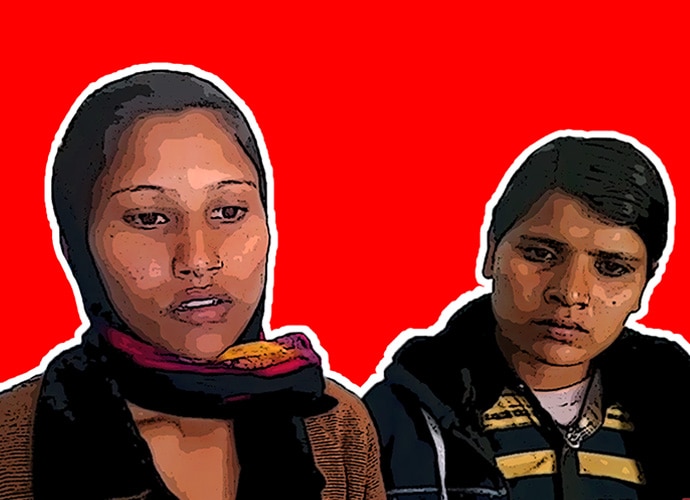Why a harassed Indian lesbian couple going missing does not make news

In the last few years, there has been a significant difference in the way Indians see homosexuality. With activists speaking out more openly against the draconian Section 377 of the Indian Penal Code — which criminalises unnatural sex — and progressive filmmakers, writers, journalists and students educating people on Lesbian Gay Bisexual Transgender Queer and Intersex (LGBTQI) rights and issues, there has been a sharp increase in the number of people who are opening up about their sexuality.
Just a week ago, the photographs of a lesbian wedding, the first of its kind in Punjab, went viral on the internet. The wedding of 44-year-old Manjit Sandhu from Jalandhar and her 27-year-old partner was a positive step in the fight to legitimise the rights of the LGBTQI.
In such a milieu, the case of Uttar Pradesh couple Reena Singh and Soniya is tragic and deeply disturbing. The two women were harassed by their family members and reportedly went missing because they dared to engage in a same-sex relationship.

According to a report in Newslaundry, 25-year-old Reena Singh and 22-year old Soniya — who wanted to marry each other — went missing on February 17, the day they filed a complaint against their parents at Mathura's Raya police station.
The couple was caught in a "compromising position" and allegedly thrashed by Reena's father. They claimed they were beaten up for being lesbians, and for indulging in an unholy union.
The police allegedly did not lodge an FIR following the couple's complaint, with investigating officer Anil Kumar dubbing it a “family matter”. According to the police, the women may not have gone missing, but could have been sent to a relative’s house by their parents to keep the couple apart.
Since a missing person’s complaint hasn't been filed by the families, the police reportedly said nothing could be done, terming it a “sensitive matter”.
Whilst they filed the complaint, Reena also spoke to 101reporters.com: “I love Soniya. I want to marry her. We will live together or we will die together. My father Laxman Singh beats me. He wants me to dump Soniya.”
According to Reena’s father Laxman Singh, "She [Soniya] is not a good woman. She will sell my daughter to sex traffickers. Reena has been brainwashed.”
On the other hand, Soniya’s brother Sanjay Singh Jatav said: “My sister got married in 2007. She never went to her husband’s home. She has filed for divorce. She should know such a relationship is not acceptable in our society. We really don’t know what to do.”
The attitude of the family members and the police, while reprehensible, only highlights the prejudices associated with homosexuality in India. The prevalence of same-sex couples is largely a trend gaining acceptance in metropolitan cities. In smaller towns and rural areas of the country, homosexuality is still considered a taboo. In fact, many think it is a disease that can be cured.
Close to home, self-styled yoga guru and FMCG evangelist Baba Ramdev famously — and entirely removed from science — said, "I guarantee to cure them of homosexuality... I invite the gay community to my yoga ashram and I guarantee to cure them of homosexuality."
Colonial as it is, even Section 377 does not talk about homosexual marriage. It states that “whoever voluntarily has carnal intercourse against the order of nature with any man, woman or animal shall be punished with imprisonment for life, or with imprisonment of either description for term which may extend to ten years, and shall also be liable to fine”.
Even so, the draconian law offers the orthodox, illiterate and the narrow-minded a tool to legitimise their worldview.
The generally dominant view in is that same sex marriage is wrong, unnatural and unacceptable to Indian culture.
What is most saddening is, thanks to social stigma, a story like this is more often than not swept under the carpet.
It is because of such entrenched stigma that a couple — who merely sought to give their relationship a name — has been missing for more than two months, and their disappearance hasn’t received any mainstream media attention.

